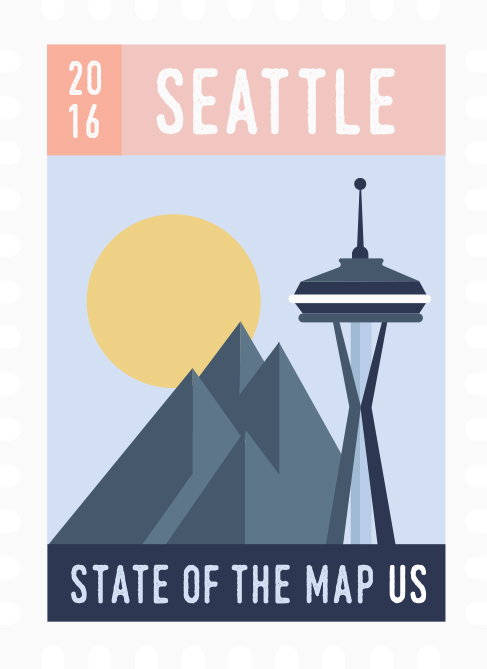Spatial Analysis in the Developing World: Measuring Access with OpenStreetMap & OpenTripPlanner
technical
Phoebe Merritt 30min
This talk was transcribed.
In Uganda, the travel time to a bank or an ATM can be hours. Inadequate access to financial services is often considered an indicator of poverty, and has caught the attention of policymakers.
More institutions are collecting financial location data in the developing world, including the Humanitarian OpenStreetMap Team currently mapping financial locations across Uganda.
It’s time to use this data to analyze financial access as accurately as possible.
Typically, a GIS analyst will use a Buffer to create, for example, a 2km radius around a financial location. The population living within that 2km Buffer is within walking distance of the financial location. Right?
Well, not necessarily. A Buffer does not account for water bodies, elevation, or other obstacles that may impede someone from accessing a financial service.
Luckily, there’s a way to create a smarter Buffer.
Walksheds use OpenStreetMap data and OpenTripPlanner’s routing engine and Isochrone API to create travel time isochrones – smarter than a simple Buffer.
Join us to learn about SpatialDev’s unconventional use of OpenTripPlanner that’s giving Euclidean distance a run for its money. We’ll talk about the Developer and GIS workflow, Use Cases, and challenges in data-sparse areas.
